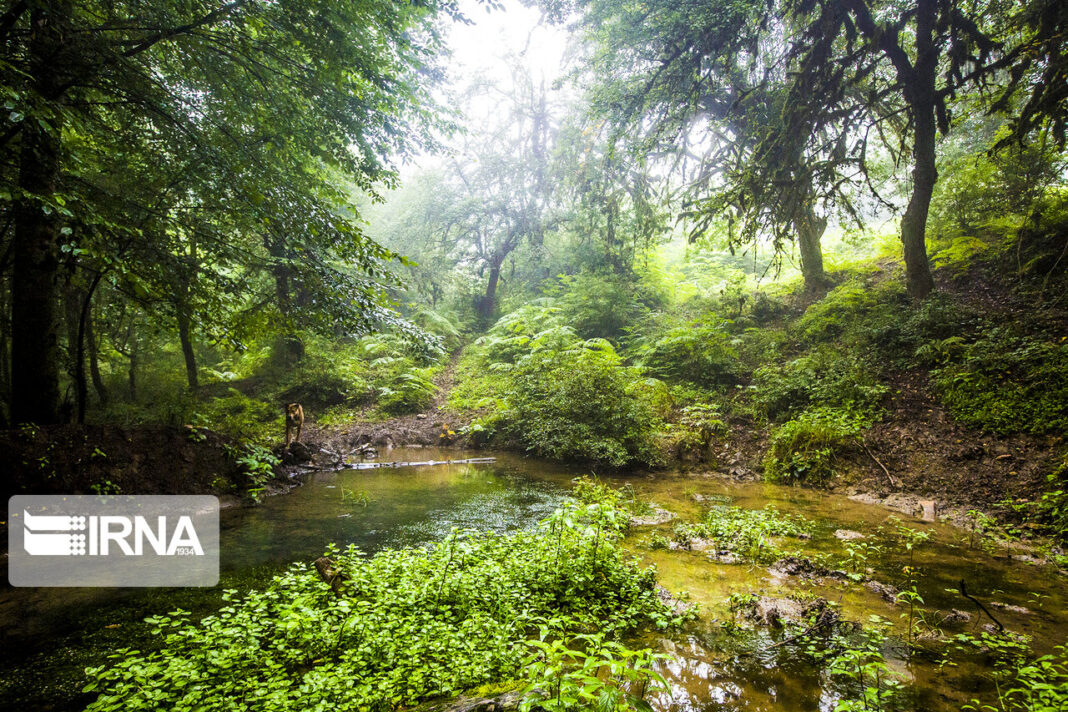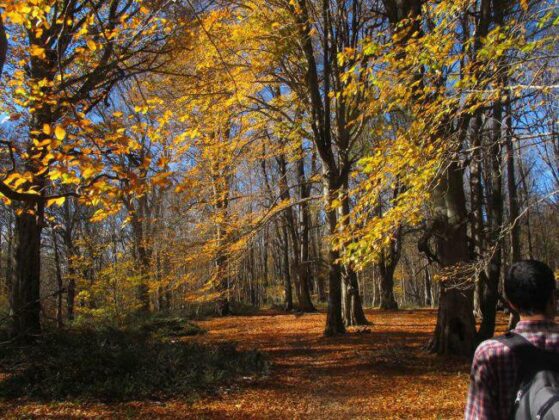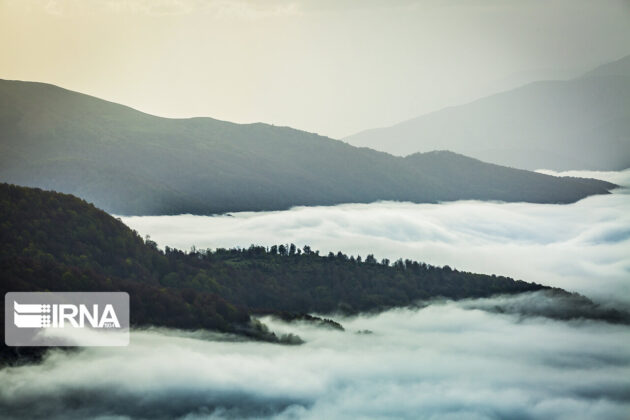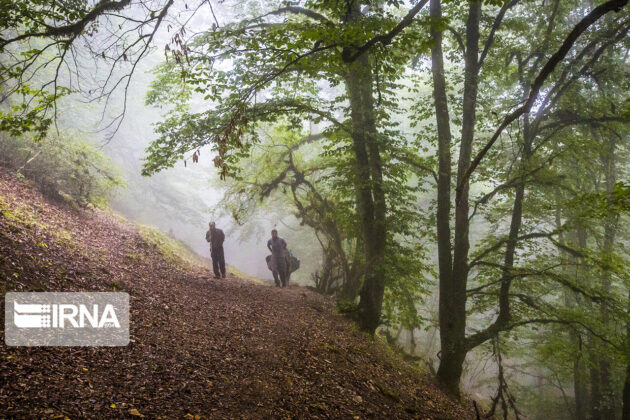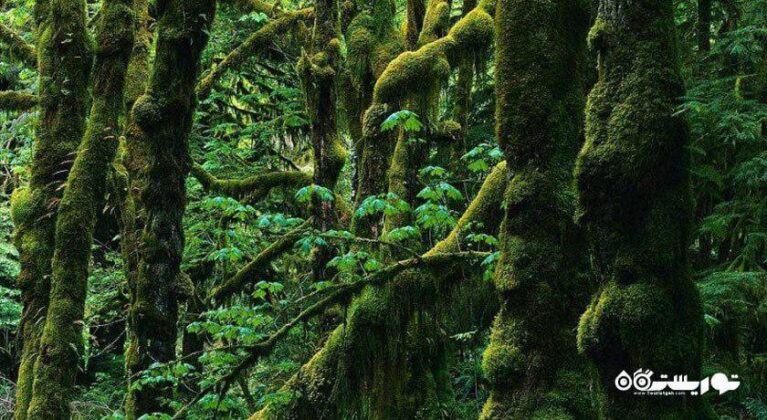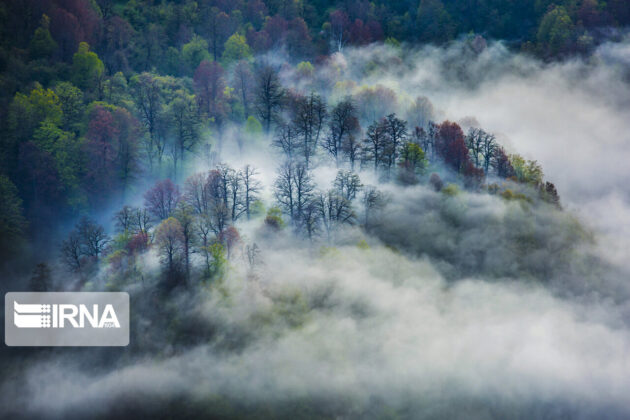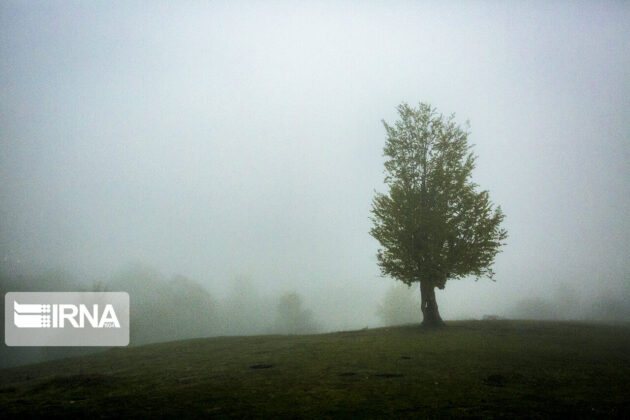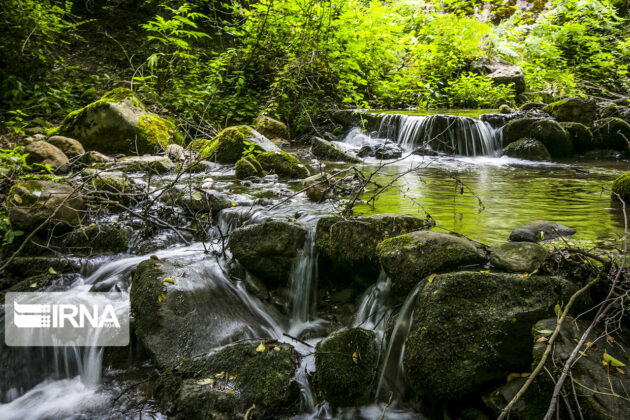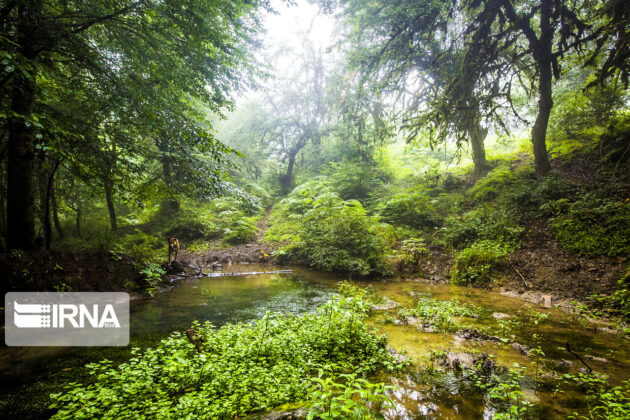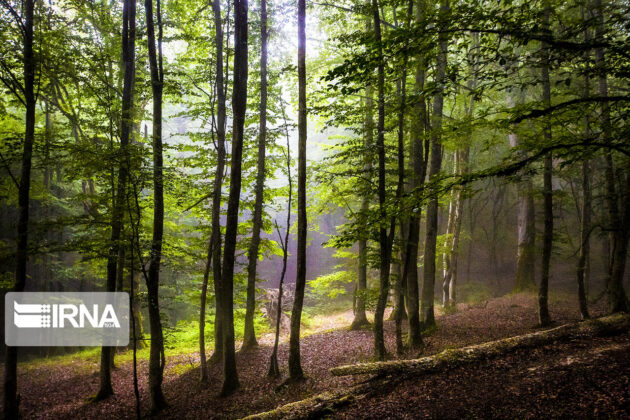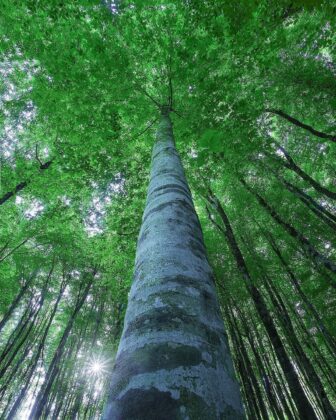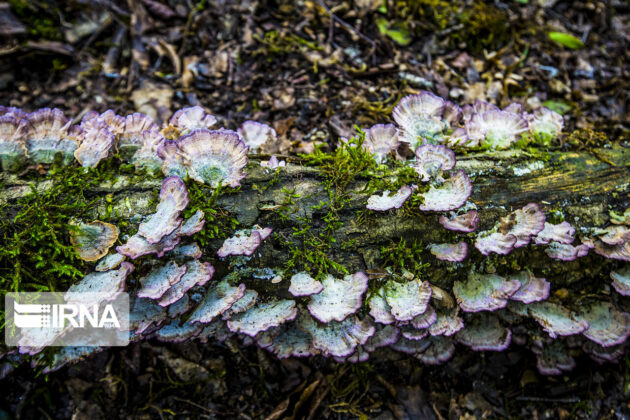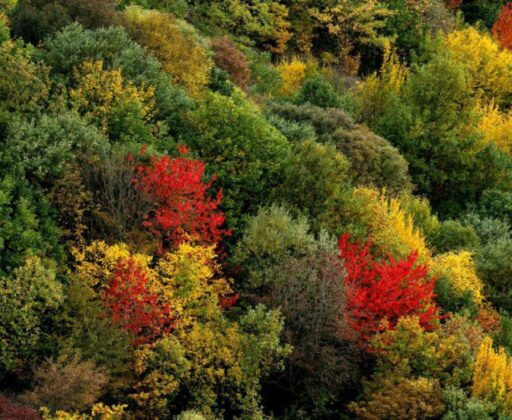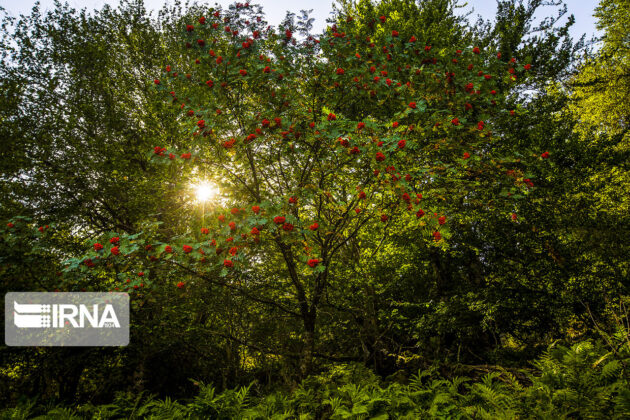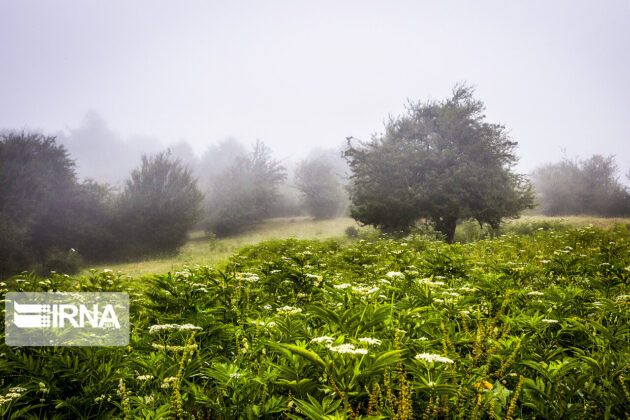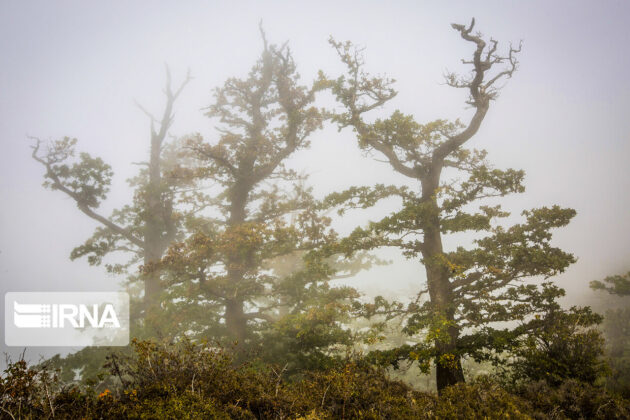Known as “living fossils”, the Hyrcanian Forests are the second natural heritage of Iran being added to the global list.
The decision to add Hyracanian Forests to the UNESCO list was made during the body’s meeting on July 5 in Baku.
In a statement, the UNESCO described the “floristic biodiversity” of the ancient Hyrcanian forests in the north of Iran as “remarkable.”
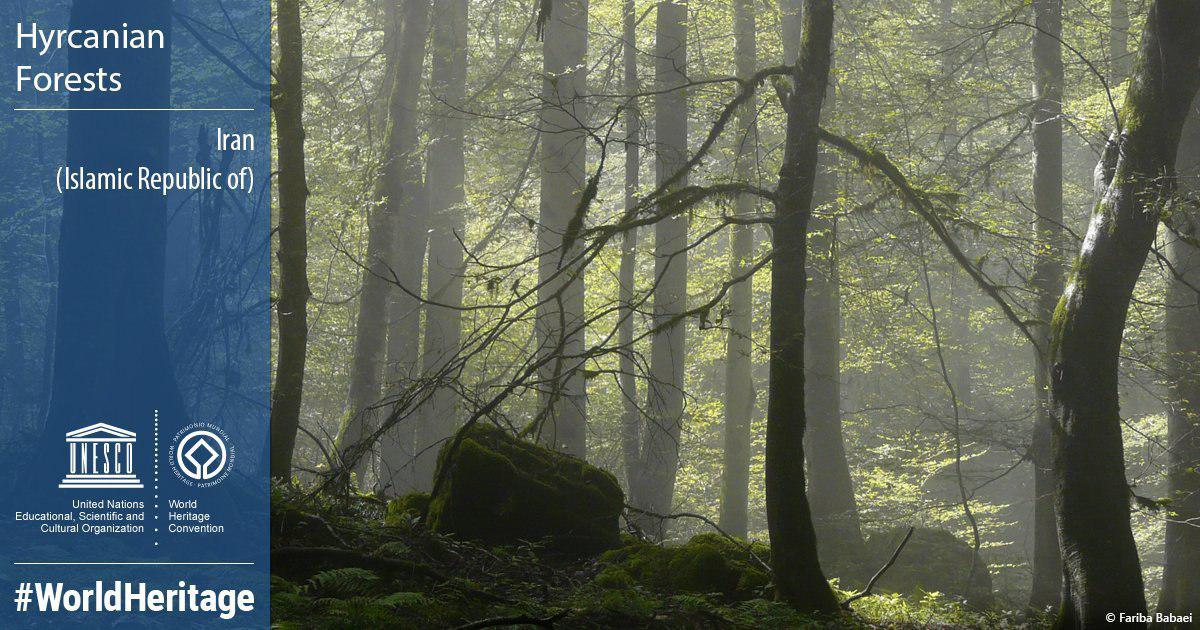
The ecoregion includes the coast along the Caspian Sea and the northern slopes of the Alborz Mountains.
It covers parts of five provinces of Iran from east to west including: North Khorasan Province, Golestan Province (entirely southern and southwestern areas as well as parts of the eastern regions of the Gorgan plain, totaling an area of 421,373 hectares), Mazandaran Province, Gilan Province and Ardabil Province.
